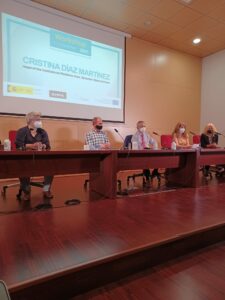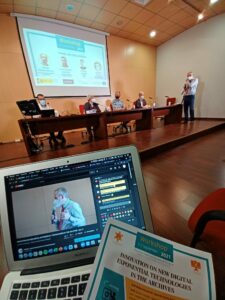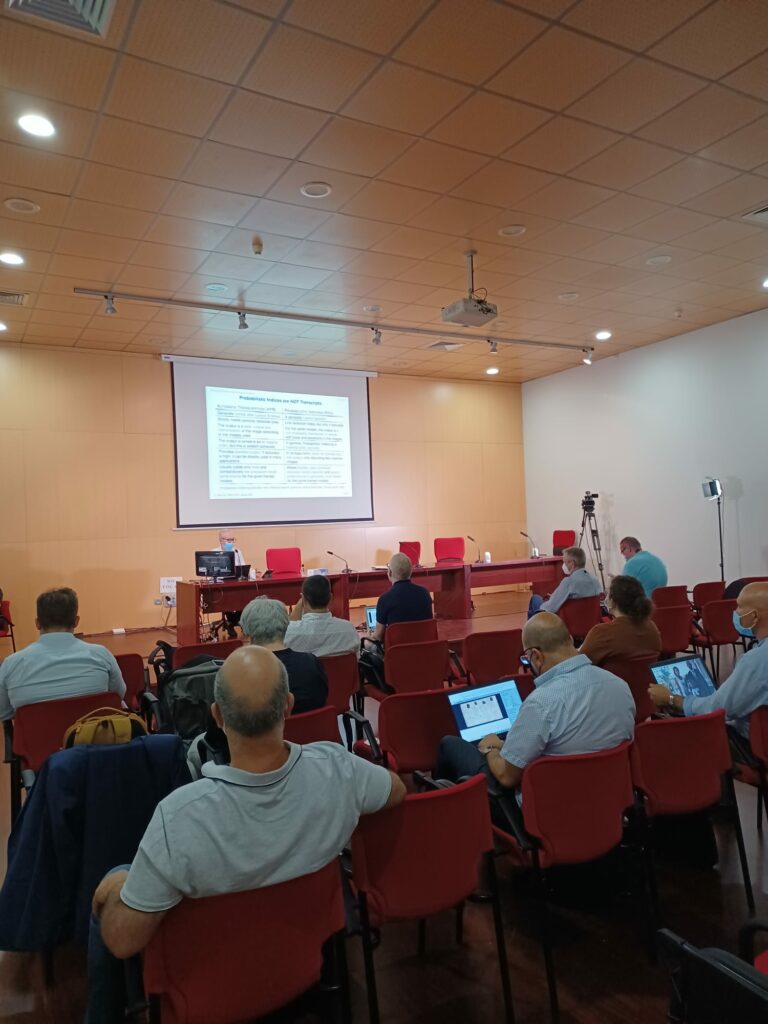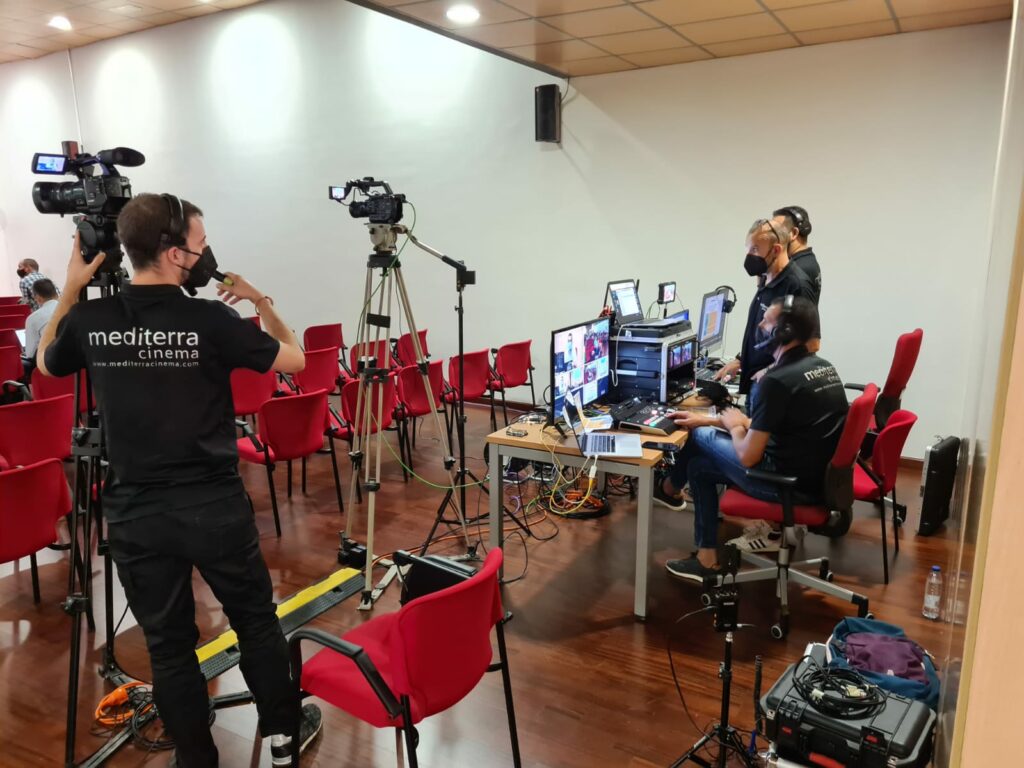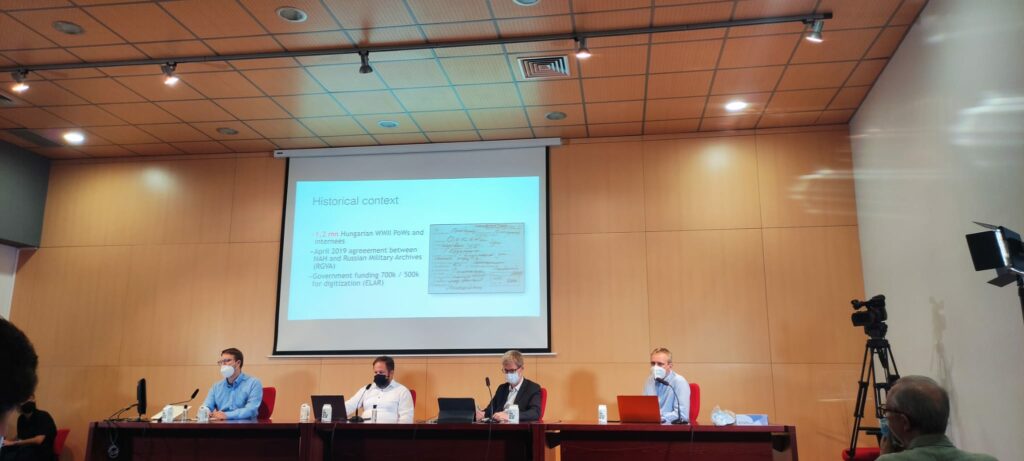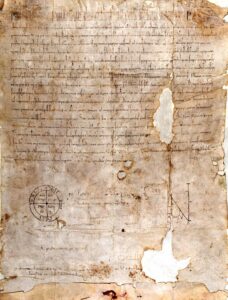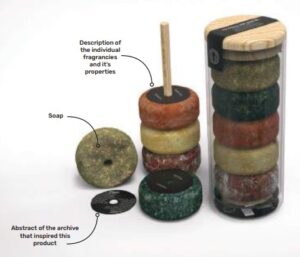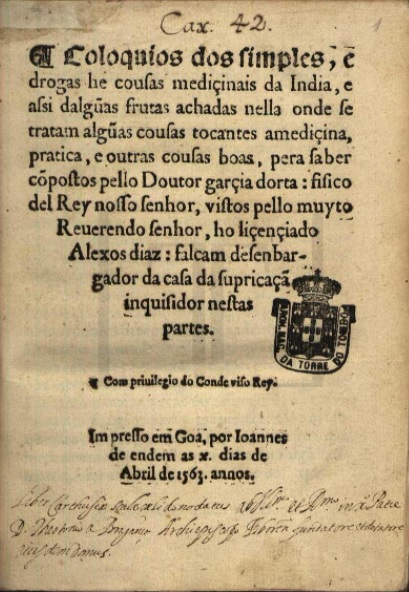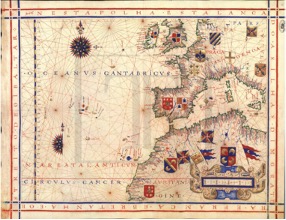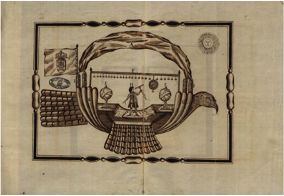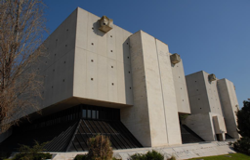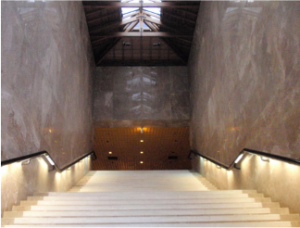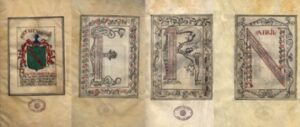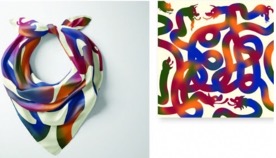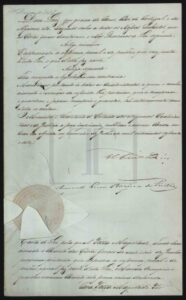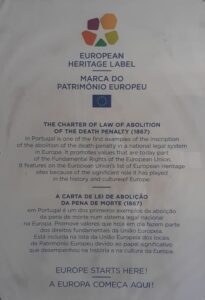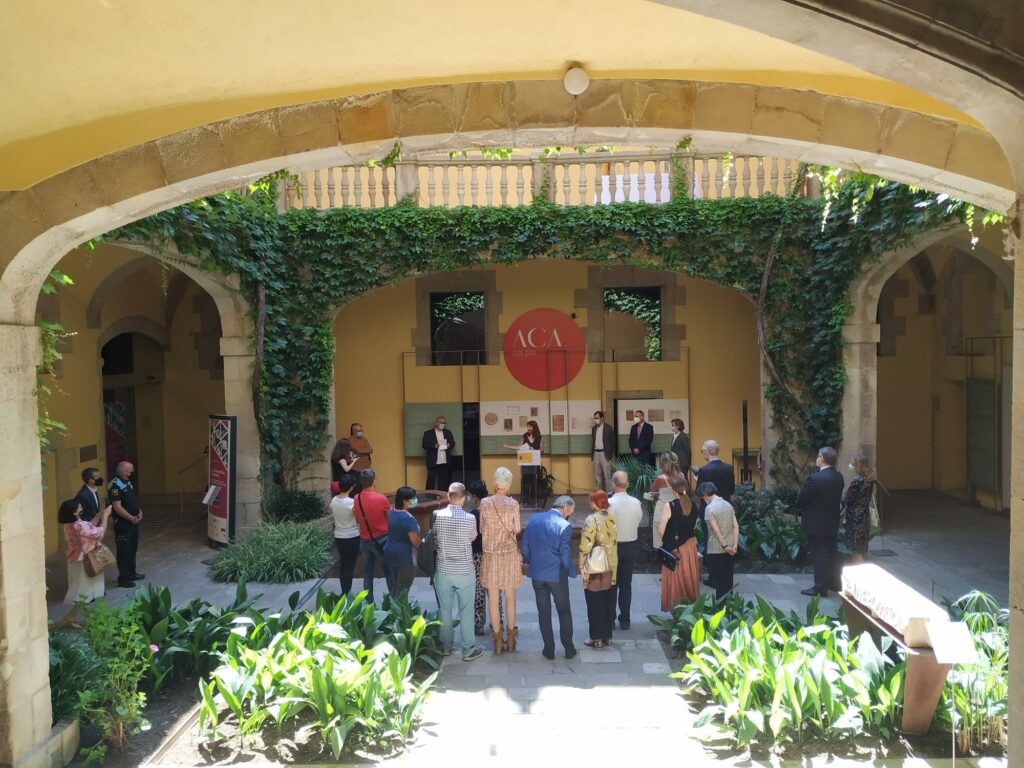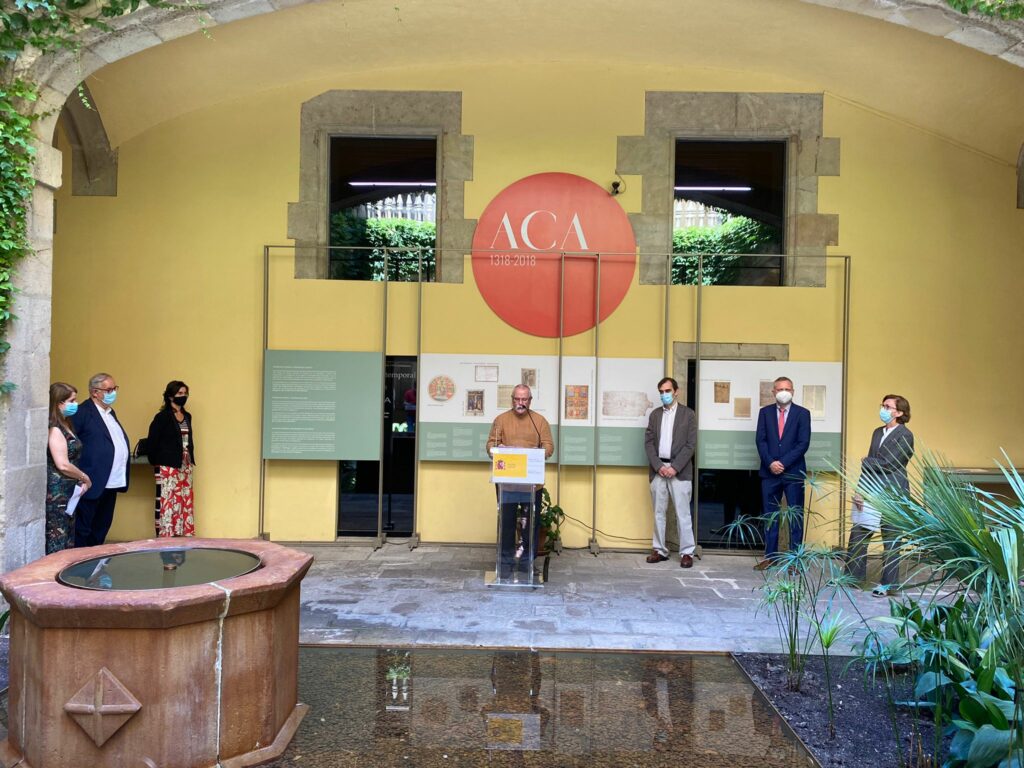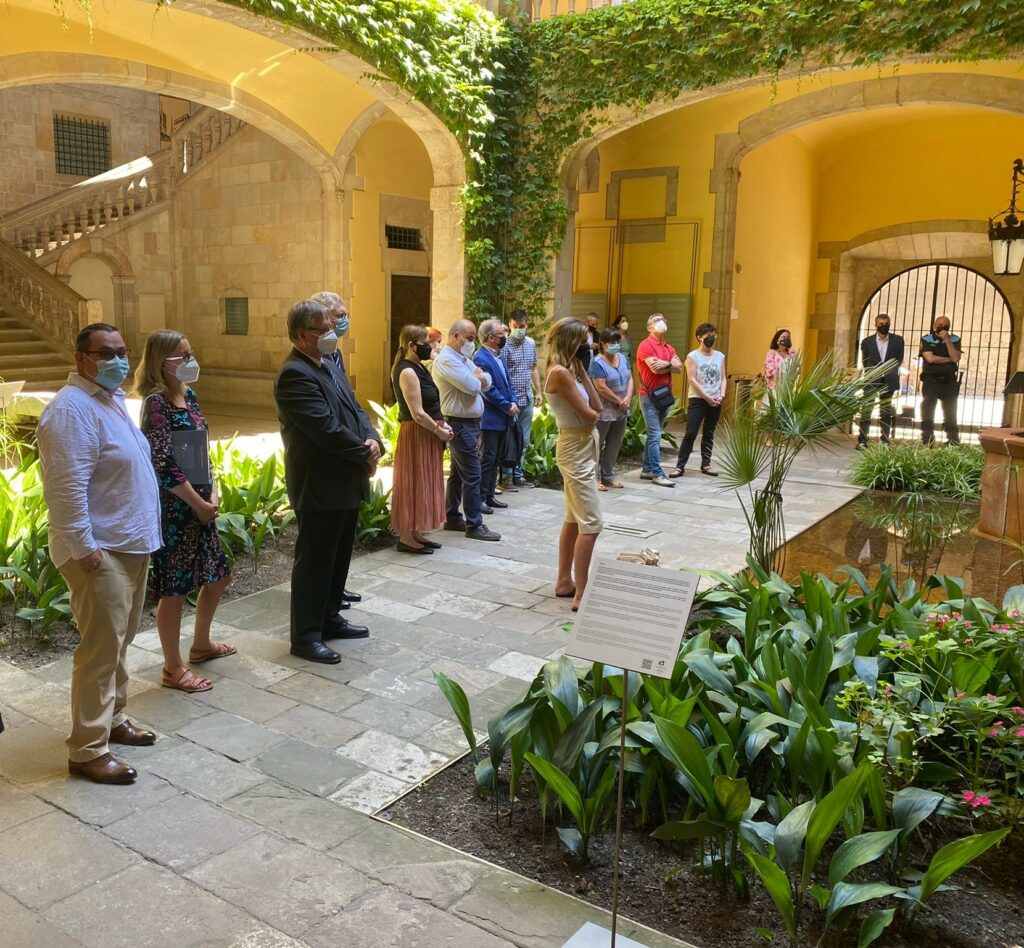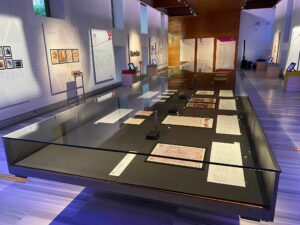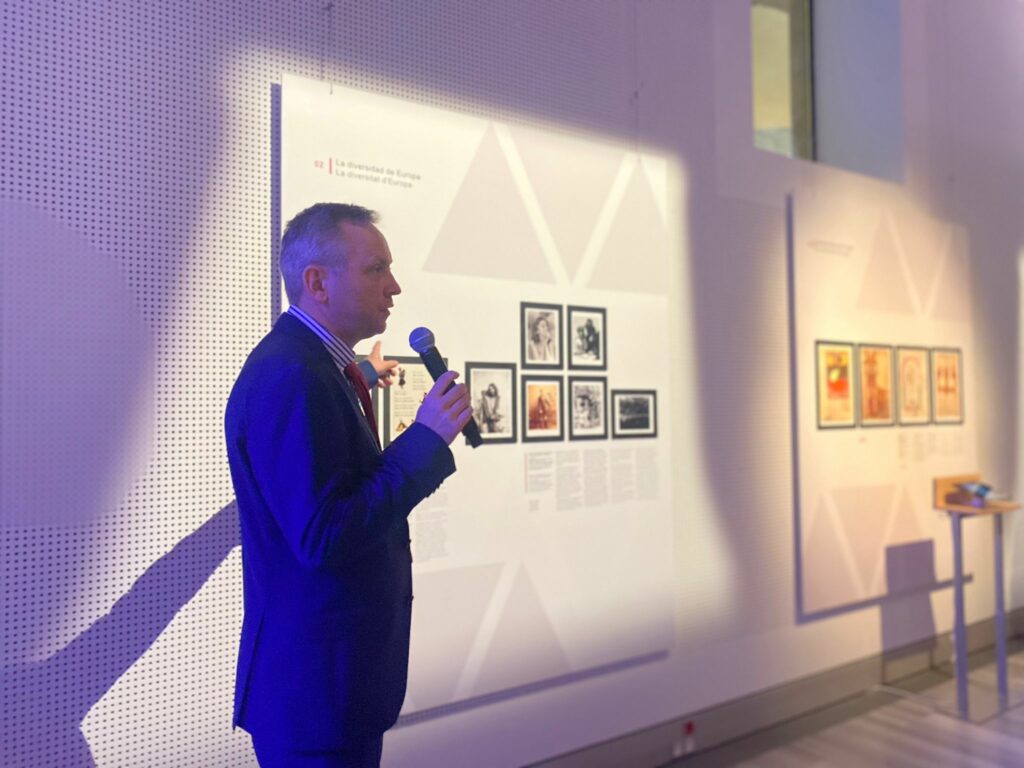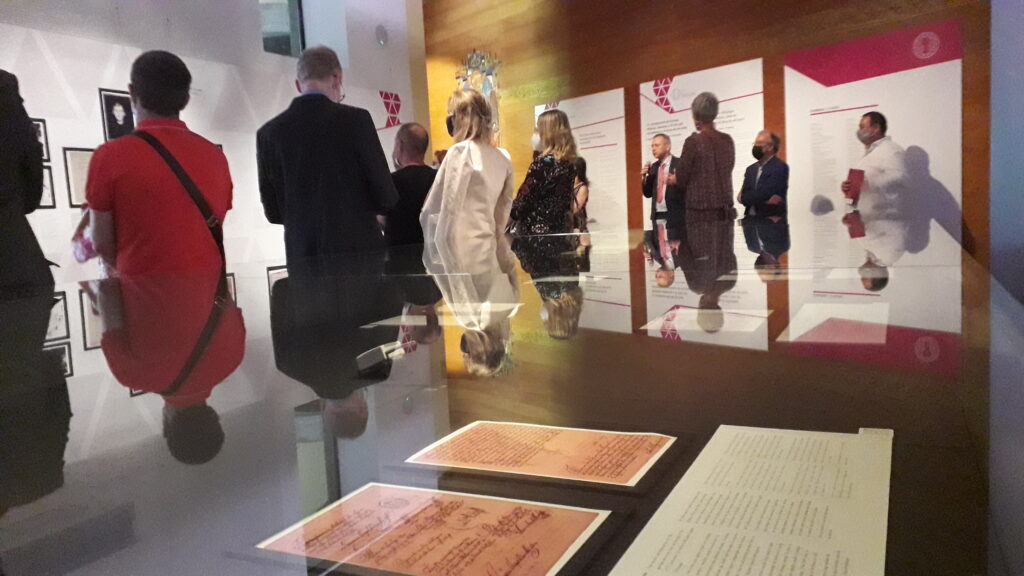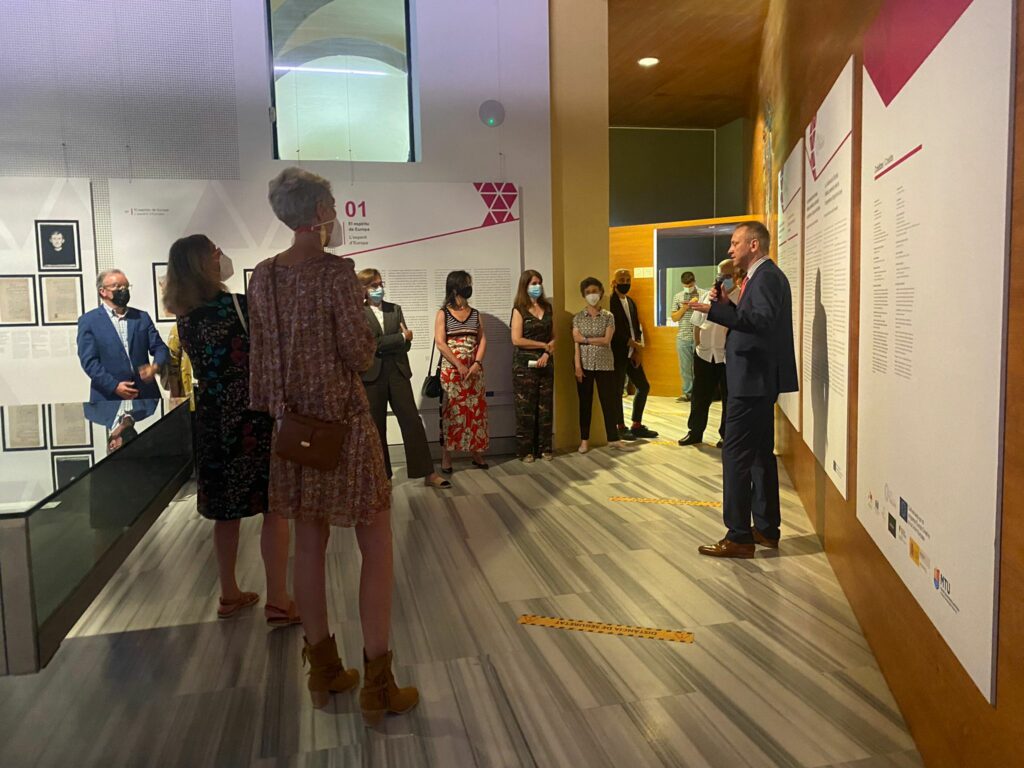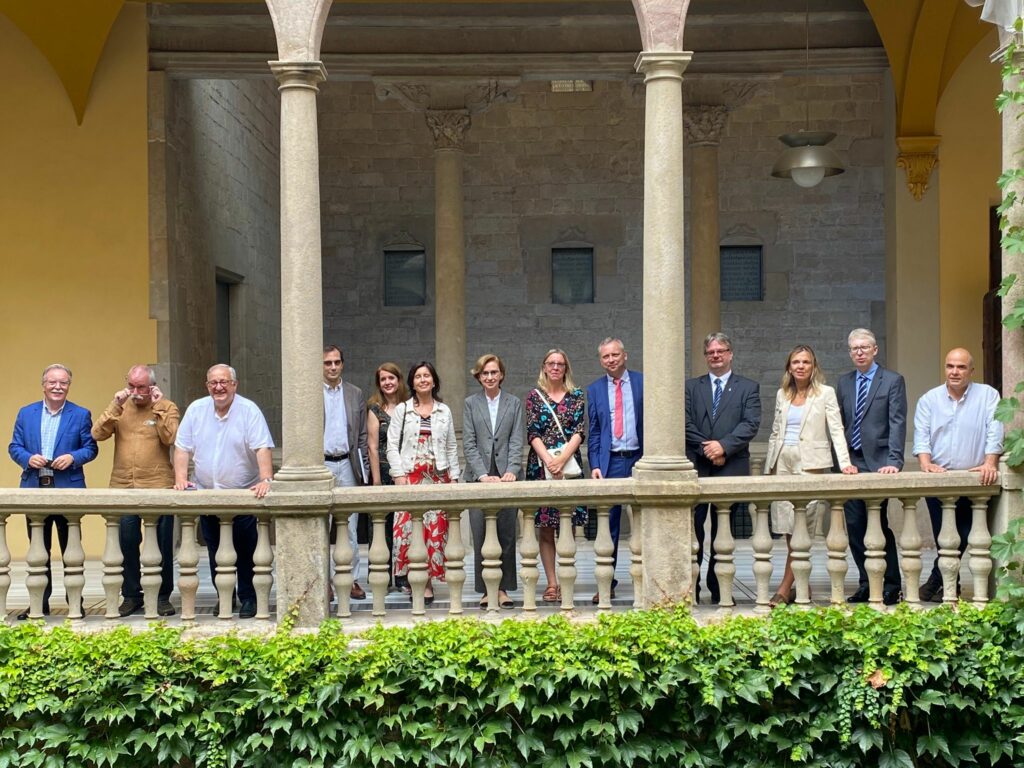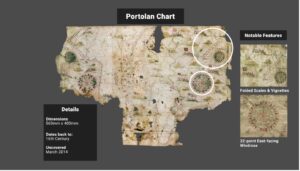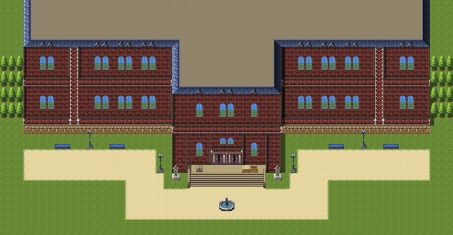In this post we will be speaking with Dóra Rea Kövér, Hungarian designer who was charged with designing by the National Archives of Hungary. Rea works as a freelancer designer and lecturer at the Moholy-Nagy University of Art and Design (MOME, Moholy-Nagy Művészeti Egyetem).
This interview focuses on the designing process she made for the European Digital Treasures project. All her products as well as the other designs are part of the project’s product catalogue published in the product gallery menu.
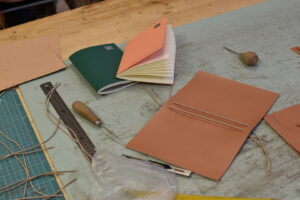
Interviewer: Thank you Rea for taking the time to speak with me today on your work for the EDT project! School semesters are about to start so everyday life can get very busy for you now. Thank you for taking the time to interview with me.
First of all, please tell me, how long did it take for your ideas to turn into tangible plans?
Rea: Thank you for the opportunity, I’m glad to answer your questions.
It is quite difficult to define this process in time. In the beginning, the initial ideas had to be come up quite quickly, and then, in order for the products to be “born out of them”, they had to go through a lot of changes. These changes required a very different amount of time, for example, testing and developing a board game needed much more time than having a bookmark cut out of a metal plate based on a relatively simple template.
Interviewer: You made several plans for the archives, but not all of them were selected at the end. Are some of the unsealed that you regretted not making the final five?
Rea: Maybe so – but I prefer to consider the most important thing to implement the most suitable products for the given purpose. And exactly this was what happened.
Interviewer: Are there any of them that you think are feasible?
Rea: With proper improvements, all the original designs can become products.
Interviewer: Behind each plan, I feel a conscious and balanced choice of subject: the board game focuses on telling human stories, the time capsule focuses on their preservation, the travelling book-set on immortalization of notes and the impact (or lack) of travel on our lives, the bookmark on the connection between books and archives, while the inexhaustible pen emphasises the relationship between writing and the archival world. How conscious was this underlying message?
Rea: When I started working, I wanted to focus on topics that were actually related to archival life, the work done there: the storytelling and the preservation of stories in a broader sense. I thought it was important that the plans did not process the same activity, preferably each one should be different, so the variants were definitely a conscious decision. The phenomenon that these reports will eventually cover a larger field is rather a consequence of that effort.
Interviewer: Would you make yourself a time capsule?
Rea: Yes, I’ve been thinking about it, but I’m still considering what might be personally important, so I’m going to have to think about that a little bit.
Interviewer: We plan to use the time capsules at next summer’s international camp in Budapest. We plan to include you in the session where the competition winner students from Austria, Hungary, Norway, Malta, Portugal and Spain fill the time capsules with personal content. What do you expect? What do you think a high school student between the ages of 15 and 18 will hide in the capsule?
Rea: I can’t really predict… That’s why this is a good “experiment” to see what a teenager considers to be important for preservation from a tangible point of view.
Interviewer: I know from you that determining the alloy of the pen was very difficult. Without revealing your workshop secrets, will you tell me a little bit about the process?
Rea: Wow, in this subject, I wanted the metal of the pen to be the writing surface that leaves a mark on paper. Such a pen exists and it can be ordered, so I planned engraving on its surface. However, COVID crisis has greatly transformed the initial concepts, as I couldn’t count on an order, especially not from Asia, where these pens are manufactured. So, I had to find a metal to buy in Hungary, which would produce this effect. It wasn’t easy, and in the end, a magnesium aluminium rod became the solution.
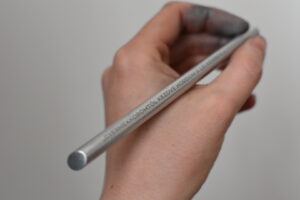
Interviewer: You displayed quotes on two subjects: on the bookmark and on the pen. Are these passages of particular importance to you?
Rea: The Latin quote on the bookmark is a very early memory of equal opportunities and in general, equality, which is why it has caught my attention. It is rare to quote such thoughts from a perspective of 500 years.
I liked the other quote for a different reason. On the one hand, you may feel a kind of tension from the sentence, with which József Kővágó tried to make the text as expressive, convincing, but emotional as possible. And there is also a sense of despair in the wording, known from the historical background (the fall of the Hungarian Revolution in 1956). The human side of the text was very plastic, one that immediately drags the reader into the historical event.
Interviewer: Have you tested the board game? If so, what were your experiences?
Rea: The gameworks, as I think the rules are good… We tested it several times with different companies, even during the design process. I hope those who will play with it will enjoy it as much as we did.
Interviewer: Thank you for your time! I really hope that we can work together in the future again! I wish you many new, exciting professional challenges and new successes!
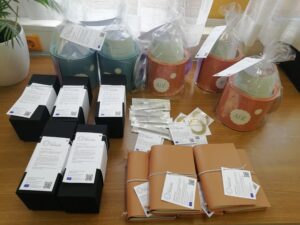
Interview by Dorottya Szabó, senior archivist,
National Archives of Hungary.

